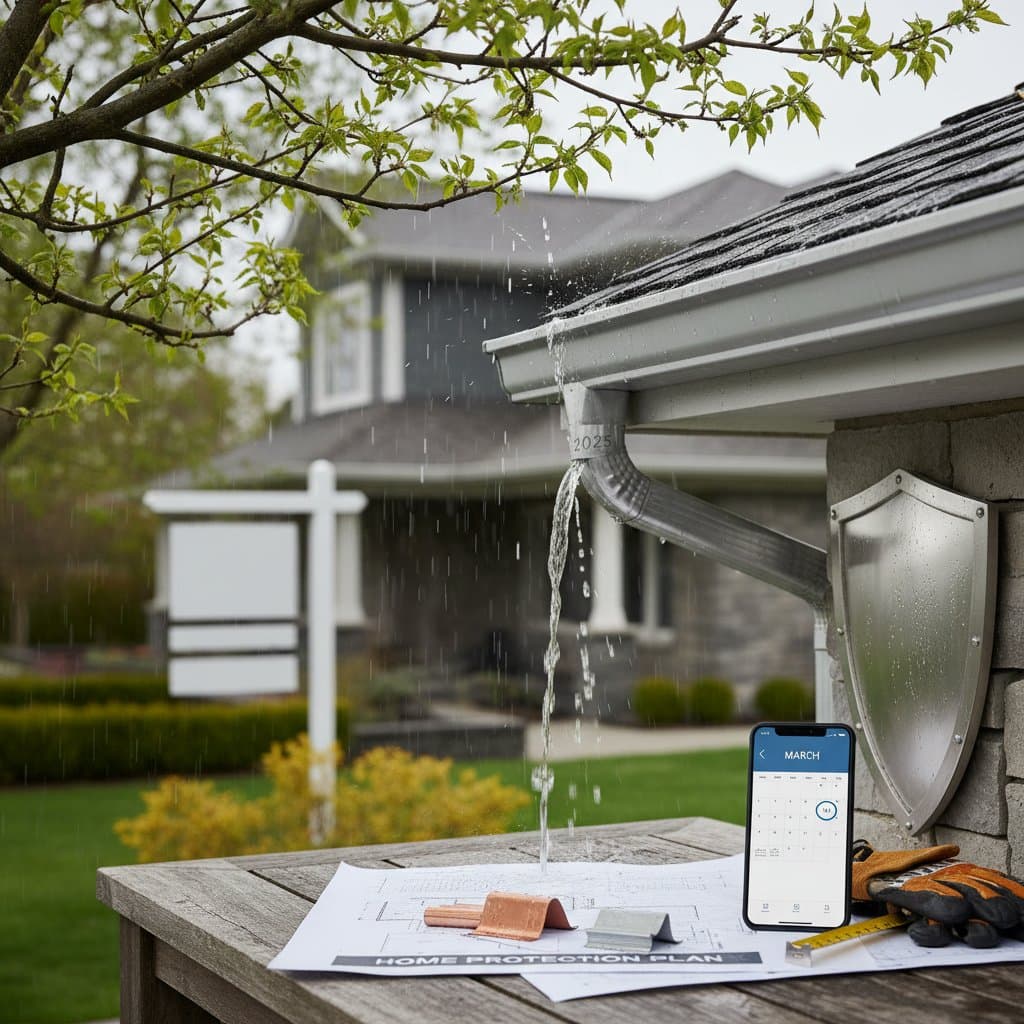Installing Grab Bars Safely: Weighing DIY Against Professional Installation
Home renovation projects throughout the United States face rising costs beyond inflation. Tariffs on steel and aluminum increase prices for fixtures such as grab bars, and contractor availability grows limited. When considering grab bars for bathrooms or stairways, homeowners must decide between self-installation and professional services.
During a bathroom remodel in my home, I encountered this decision. Many homeowners view grab bar installation as simple drilling and securing. However, proper placement, wall composition, and adherence to safety standards prove essential, revealing when personal effort suffices and when expert intervention becomes necessary.
Understanding Costs in the Current Market
Grab bars cost between $30 and $100, varying by design and material. Stainless steel options rise in price due to tariffs, whereas plastic-coated alternatives stay budget-friendly. Anchoring hardware adds $10 to $20 to the total.
Professional installation includes labor fees of $100 to $250 per bar. The upper range accounts for tasks such as accessing wall interiors for blocking or handling multiple bars in challenging locations. Supply chain disruptions may delay custom finishes to match existing hardware, so plan for additional wait times.
Homeowners undertaking DIY save on labor but must budget for tools like a stud finder ($20), drill bits suited for tile or drywall ($15), and silicone caulk ($5). Unexpected repairs, such as fixing cracked surfaces, can elevate costs quickly. Compare these expenses against professional quotes to assess value.
Evaluating DIY Feasibility
DIY installation suits straightforward scenarios. Consider attempting it yourself if the walls consist of accessible drywall over studs, no hidden utilities exist, and the project involves a single, lightweight bar for general support.
Essential Tools and Preparation Steps
Gather these items before starting:
- Power drill with bits for masonry or wood
- Level and measuring tape for precise placement
- Stud finder to locate secure anchoring points
- Safety gear including gloves and eye protection
Measure bar height at 33 to 36 inches above the floor for optimal reach, following universal accessibility guidelines. Mark positions carefully, ensuring the bar aligns with user needs, such as beside toilets or in shower areas. Test the wall by tapping to detect hollow spots, indicating the need for alternative anchoring methods like toggle bolts.
Practice on scrap material to avoid errors. If mobility aids or heavy loads factor in, reassess for professional help to prevent failures under stress.
Indicators for Professional Assistance
Certain conditions demand expert involvement to ensure durability and compliance.
Hire a professional when:
- Walls feature tile, delicate finishes, or concealed plumbing and electrical lines
- Internal blocking requires addition for robust support
- The bar must bear weight for individuals with substantial mobility limitations
- Local building codes mandate certified installation for accessibility upgrades
Tiled walls present the most common challenge for DIY efforts. Drilling without proper bits risks cracks, transforming a modest project into extensive repairs. In one instance, such an error escalated a $200 endeavor to $600, including professional correction.
Obtain quotes from at least three licensed contractors. This approach clarifies whether fees reflect expertise or mere expediency, allowing informed choices.
Strategic Planning and Timing
Grab bar projects qualify as minor undertakings, ideal for integration into broader renovations. During drywall removal or tile replacement, install blocking proactively. This preparation, costing under $50 in materials, prevents future complications and saves significant sums.
Even without immediate bar placement, reinforced walls provide flexibility for later additions. Coordinate with ongoing work to minimize disruptions, such as scheduling during off-peak hours. Review accessibility standards from organizations like the American Standards Association to align placements with best practices.
Long-Term Care and Broader Benefits
Grab bars serve diverse users, including children, visitors, and those recovering from injuries, not solely seniors. A correctly installed bar lowers fall risks by up to 30 percent, safeguarding health and preserving property integrity.
Regular maintenance involves checking anchors quarterly for looseness and cleaning with mild soap to avoid corrosion. Replace worn components promptly to sustain reliability. While grab bars do not directly boost resale values, they enhance usability, potentially appealing to buyers seeking safe, adaptable homes.
Prioritize licensed professionals for installations to guarantee code adherence and longevity. Investments in safety yield returns through reduced incidents and increased daily confidence, far outweighing initial outlays.



